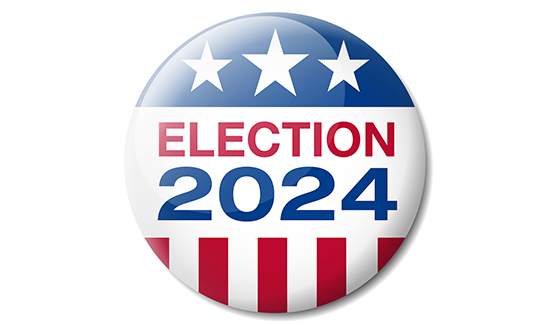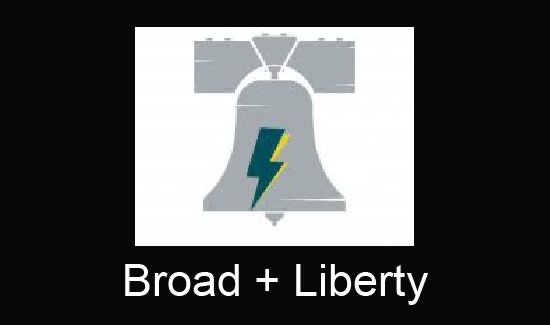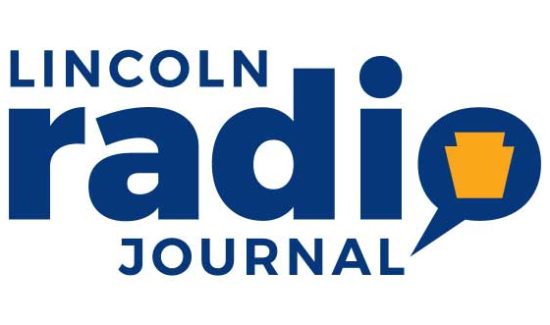Allegheny County’s Coronavirus Revenue Challenge

Allegheny County, its economy hard hit by the coronavirus pandemic and struggling to meet its revenue needs, may have to tap fund reserves and resort to furloughs, concludes a new analysis by the Allegheny Institute for Public Policy.
“The economy of Allegheny County has been savaged by the coronavirus and the governor’s business-closing orders,” say Jake Haulk, president-emeritus of the Pittsburgh think tank, and Eric Montarti, its research director.
The economic and employment news has been dreadful over the last two months. Mandatory lockdowns and government-designated “non-essential businesses” have produced a massive surge in unemployment.
The national unemployment rate was 14.7 percent in April. Pennsylvania’s April rate has yet to be reported.
Even as the worst effects of the closing orders have ended and restrictions are being phased out, the magnitude of the economic hit, statewide and in Allegheny County, from mid-March through May is unprecedented. And the double-digit unemployment rate is expected to persist, if not increase, in May.
“By June, the new claims should diminish further as people return to work, albeit slowly,” Haulk and Montarti say (in Policy Brief Vol. 20, No. 16). “Unfortunately, a secondary upward push could emerge as businesses faced with a long period of weak orders lay off workers.”
The revenue hit for county government has been as broad as it has been deep. Think of everything from cessation of in-restaurant dining to the closure of auto dealerships, from virtually all entertainment, recreation and accommodations being halted to airline travel reduced to a trickle.
Then there are lagging property tax collections because the county extended the deadline. But revenue losses from the likes of the Rivers Casino, which remains shut down, will not be recoverable.
Additionally, “A decrease (in) travel and home sales likely is affecting the rental of passenger cars and moving vehicles,” Haulk and Montarti note. “In recent years, the county fund that holds the revenues for these taxes ran a surplus. That might have to be utilized this year.”
And given the lag between when some major taxes are incurred and when they are remitted, “it is quite possible that the true impact of the economic slowdown for April and May will not be seen in the revenue collections until June or July,” the think tank scholars remind.
Revenue declines could extend through the summer, what with non-tax revenues from such things as swimming pools, park shelters and golf courses remaining question marks.
As with the City of Pittsburgh, Allegheny County’s Home Rule Charter requires adopted operating and capital budgets to be balanced and amendments after adoption to maintain balance.
But unlike the city, Allegheny County, because its population exceeds 500,000, will receive federal money from the CARES Act for expenditures related to the coronavirus. Exactly how much the county will receive, and when, remains unknown.
Even as the governor’s restrictions are gradually lifted, it could be several weeks or even months before the economy returns to its pre-virus level. That means Allegheny County’s revenues likely will remain below budgeted levels for some time to come.
The county did not increase property taxes for 2020. And with the exception of the alcoholic beverage tax, other tax rates are at state-prescribed maximums and cannot increase without action by the General Assembly.
Thus, “It may be prudent at this point to consider furloughs of non-essential personnel,” Haulk and Montarti say. “In addition, it might be necessary to tap into any fund balances that are available to meet expenditures, especially if the revenue shortfalls continue for several more months.”
Colin McNickle is communications and marketing director at the Allegheny Institute for Public Policy ([email protected]).






